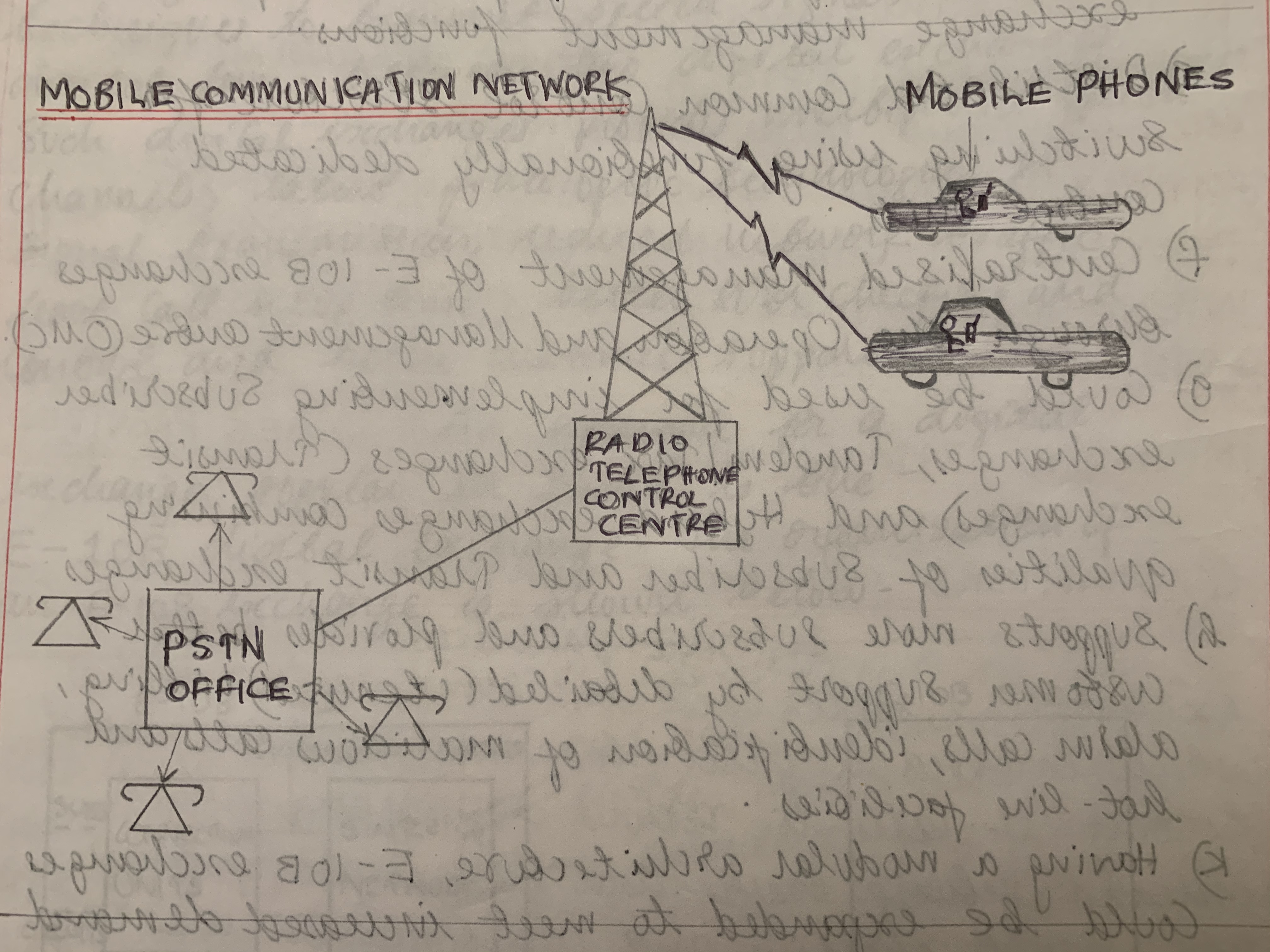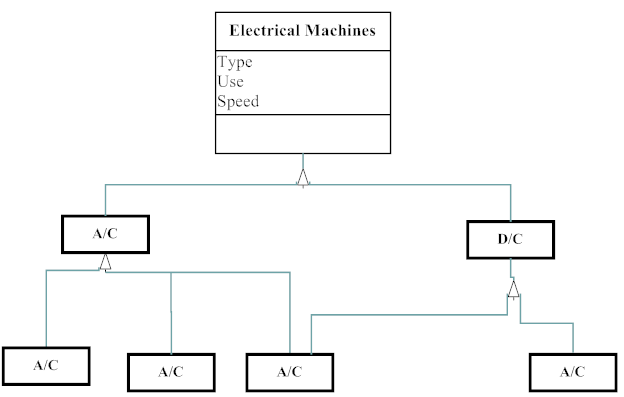Mobile Communication Services
One of the fastest growth rates in the telecommunications industry anywhere in the world is that of mobile radio communication devices. The basic architecture of such a mobile communication network is shown below –

Radio telephones or cell phones provide a switched two-way channel between two conversing parties like a conventional telephone. Telephones may be in vehicles that can dial calls and receive calls. These call signals are in the radio frequency range and mobile phones are this connected to a Radio Telephone Control Center (RTCC). This RCC is connected to the facilities of a PSTN (public switched telephone network). The radio channels are randomly allocated to the users. Calls can be made to any telephone subscriber from a telephone in a car or it can be called from a conventional telephone if the car is in a suitable location within the area covered by RTCC.
Concept of Cellphones
In conventional mobile phone communication, service is poor since the frequencies available are very low and the frequencies will have to be used again and again. Now to provide better frequency support, we introduce radio transmitters which could satisfy the frequency requirements of a small area usually called a cell which is a regular Hexagon, a few Kms in width. There may be several such cells in an area each covering a specific area in Kms. Each cell is allocated a radio transmitter having a group of frequencies.
Adjoining cells will not have the same frequencies, but distant cells may have the same frequencies. Mobile phones connected to such a cellular network is often called a Cellphone. The system determines the location of a cellphone connected to it and allocates any one of the cell frequencies available for that user. If the user crosses the boundary of the specified cell which he is now using, the system may now switch the phone to a new frequency cell without disrupting his conversation.
Pager Technologies
Pager services are a one-way communication process where the caller leaves a message with the service provider on the telephone network. The company then transmits the message through a radio signal to a pager where it is displayed. The person owning the pager pays the company a fixed subscription fee for the service.
Mobile Satellite Communication
Mobile satellite communication used low earth orbiting satellites (LEO) for communication between two hand-held phones at two distant places. Such a means of personal communication medium uses the same frequencies regardless of the location.
The call made from a mobile terminal is picked by a LEO and is transmitted to the nearest gateway station either directly or through inter-satellite links. The gateway station acts as an exchange, directing the call after identifying the user and destination using the information sent by satellites.
